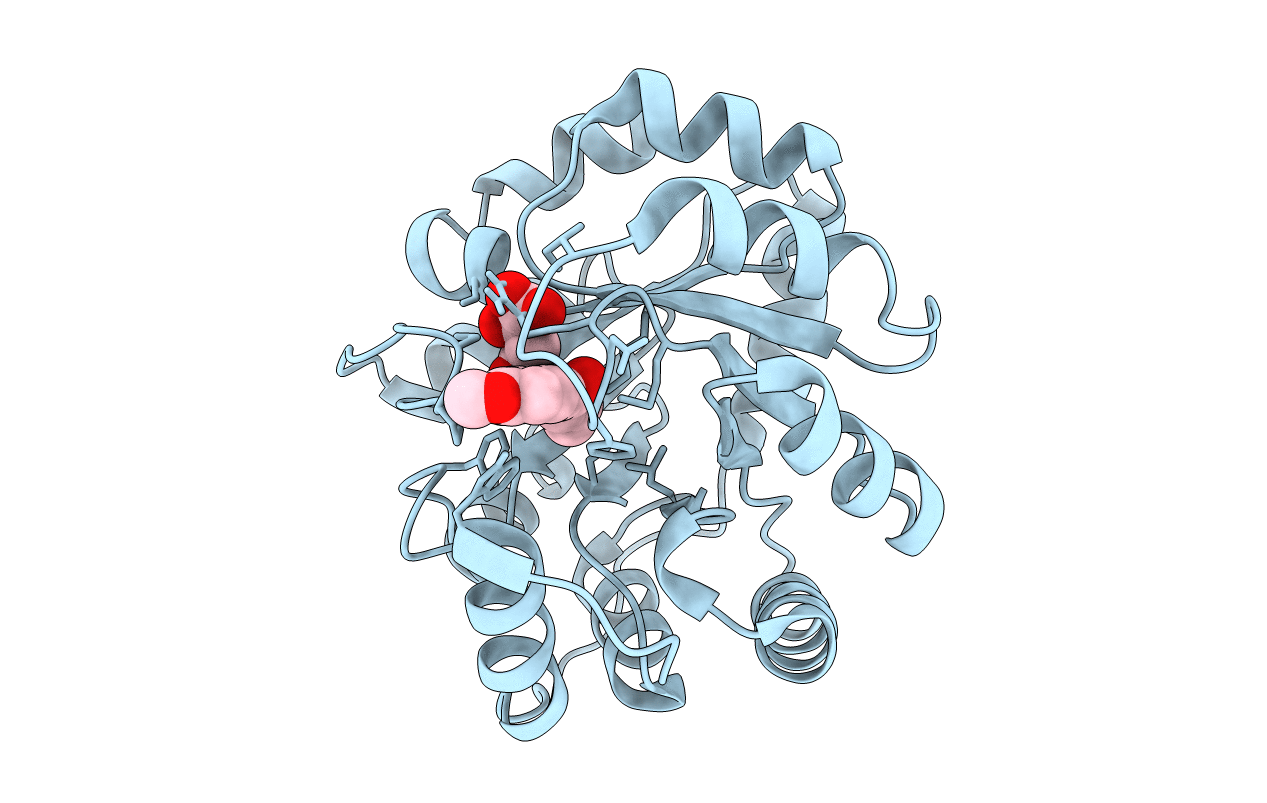
Deposition Date
2011-09-23
Release Date
2012-11-07
Last Version Date
2024-10-23
Entry Detail
Biological Source:
Source Organism:
SYNTHETIC CONSTRUCT (Taxon ID: 32630)
Host Organism:
Method Details:
Experimental Method:
Resolution:
1.10 Å
R-Value Free:
0.13
R-Value Work:
0.12
R-Value Observed:
0.12
Space Group:
P 21 21 21


